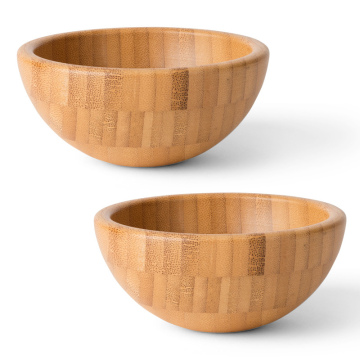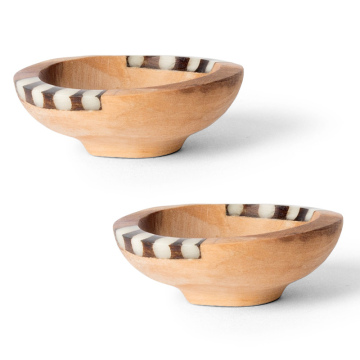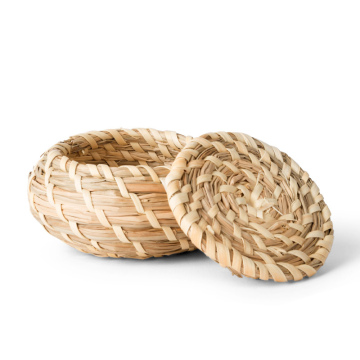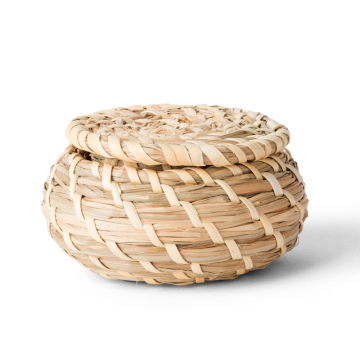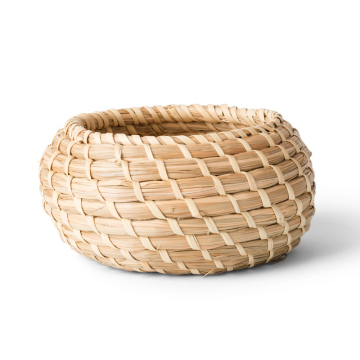Chicken Katsu Demystified: What Makes It So Special
The Origins of Chicken Katsu
Chicken katsu is a delightful dish that has its roots deeply embedded in Japanese culinary tradition. Originating from the term "katsu," which is derived from "katsuretsu," meaning cutlet, this classic preparation initially featured pork as the predominant ingredient. The traditional katsu is breaded and fried, resulting in a crispy exterior while maintaining a tender interior. This cooking style found its beginnings in Japan during the Meiji period, a time when Western influences began to permeate Japanese culture, manifesting in various forms including cuisine.
As the popularity of katsu grew, chefs began to explore alternative proteins. Chicken, being more accessible and widely consumed, emerged as a favored choice. By substituting pork with chicken, the dish not only became lighter but also gained a broader appeal beyond its original demographic. Consequently, chicken katsu evolved into a staple among family meals in Japan, often served with rice and a tangy sauce, providing a harmonious balance of flavors and textures.
Through this journey, chicken katsu has established itself as not just a popular dish in Japan but also as a cherished favorite among global cuisines, promoting cultural exchange and culinary appreciation on an international scale.
The Secret to Perfectly Crispy Chicken Katsu
Achieving a perfectly crispy chicken katsu involves several key techniques and ingredients that elevate this dish to a culinary delight. Central to the crispy coating is the use of panko breadcrumbs, which are coarser and flakier than regular breadcrumbs. This distinct texture allows the coating to achieve a light and airy crispness when fried. When applied correctly, panko creates a satisfying crunch that complements the succulent chicken beneath.
Marinating the chicken is another essential step in ensuring both flavor and texture. A simple marinade of soy sauce, mirin, and garlic helps to tenderize the chicken and infuse it with rich flavors. Allowing the chicken to marinate for at least half an hour, or ideally a few hours, can significantly enhance the overall taste, while also helping to prevent the meat from drying out during cooking.
When it comes to frying, the temperature of the oil plays a crucial role in achieving that desired golden, crispy exterior. Heating the oil to around 350°F (175°C) guarantees that the panko breadcrumb coating will fry quickly without absorbing excess oil, which can lead to greasiness. It is advisable to use a deep skillet or a frying pan with enough oil, allowing the chicken to be submerged partially, ensuring even cooking. Fry the chicken in batches, avoiding overcrowding, which can reduce the oil's temperature and result in soggy coatings.
Common pitfalls include not allowing the chicken to rest before frying, as this can lead to moisture loss and a less crispy texture. Additionally, taking the time to coat the chicken evenly with flour and egg wash before applying the panko is essential for ensuring that the crumbs adhere well. By paying attention to these details, you will be well on your way to mastering perfectly crispy chicken katsu. Ensuring these techniques are executed properly will result in a fine dish that stands out for its texture and taste.
Serving Suggestions and Accompaniments
Chicken katsu, a beloved dish renowned for its crispy exterior and tender meat, can be served in various delightful ways. Traditionally, this Japanese dish is accompanied by tonkatsu sauce, a rich and tangy condiment that enhances the flavors of the breaded chicken. This sauce, made from a blend of fruits, vegetables, and seasonings, is essential for providing a savory depth. Complementing the katsu, a side of finely shredded cabbage adds a refreshing crunch, balancing the richness of the fried chicken. The cabbage can be dressed lightly with a vinegar-based sauce, further enhancing the traditional savory experience.
In addition to the classic pairings, modern interpretations of chicken katsu have emerged, incorporating fusion elements. One popular twist includes serving the katsu in a sandwich format, known as katsu sando, where the breaded chicken is placed between slices of fluffy, soft bread, often accompanied by a smear of tonkatsu sauce and a crisp lettuce leaf. Furthermore, adding unique sauces like a spicy mayo or a wasabi aioli can create an exciting flavor profile that appeals to contemporary tastes.
When it comes to side dishes, options abound. A bowl of steaming white rice is a staple that allows one to savor every bite of the katsu without overwhelming the palate. Alternatively, a side of miso soup provides a light counterpart to the richer elements of the meal. For a touch of color and nutrition, consider adding a small salad with fresh vegetables or a side of pickled radishes, which can cut through the fried flavor.
To complement this dish, beverages such as green tea or Japanese beer pair wonderfully, offering a refreshing contrast to the savory notes of chicken katsu. Whether sticking to traditional accompaniments or exploring innovative twists, chicken katsu proves itself to be a versatile and satisfying choice for any meal.
Variations on the Classic Chicken Katsu Recipe
While traditional chicken katsu has its roots in Japanese cuisine, there are numerous variations that can enhance this beloved dish and cater to various dietary preferences. One notable adaptation involves marinating the chicken in a flavorful concoction prior to breading. Common marinades may include soy sauce, ginger, or even a hint of citrus to infuse the meat with depth and richness. By allowing the chicken to soak in these delightful ingredients, home cooks can elevate their katsu experience and introduce unique flavor profiles.
Cooking methods for chicken katsu also offer room for creativity. While the traditional approach typically involves deep-frying, baking is an excellent alternative for those seeking a healthier option. Baked chicken katsu retains its crispy texture by utilizing panko breadcrumbs and a light spray of cooking oil. This method can drastically reduce calorie content without compromising on the satisfying crunch that characterizes this dish. Moreover, air frying is another innovative option, providing the celebratory crispness of frying without the extensive use of oil.
Ingredient substitutions can take the form of alternative proteins or plant-based options, accommodating various diets. For instance, turkey cutlets or fish fillets can serve as viable substitutes for chicken, offering a different yet delightful twist on the classic. Additionally, for those following a vegetarian or vegan lifestyle, using tofu, tempeh, or even eggplant as the main component can provide a pleasing equivalent. Simply coat these alternatives in the same flavorful breading and cook as instructed, allowing for a broad spectrum of tastes while maintaining the essence of the katsu experience.
Ultimately, the beauty of chicken katsu lies in its versatility. Cooks are encouraged to experiment with their own modifications and personalize the dish according to their preferences, making it an endless source of culinary inspiration.



